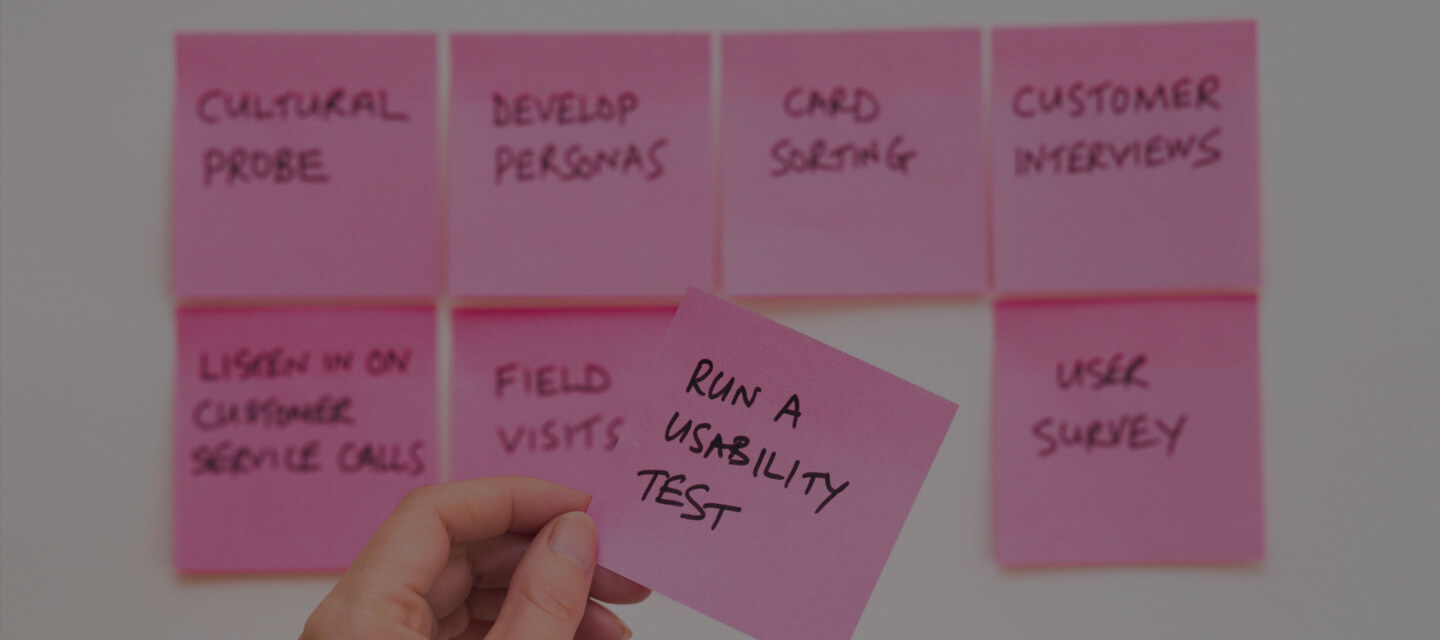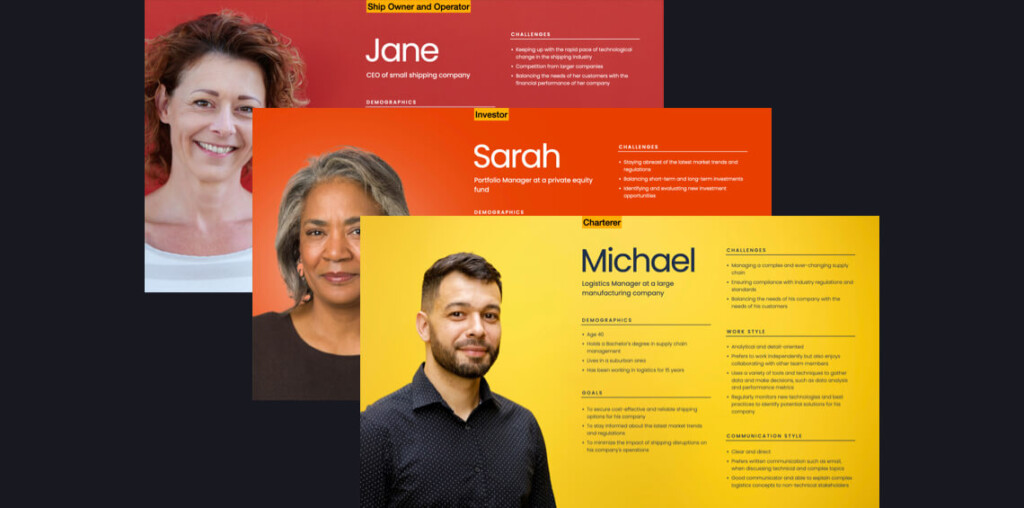
Harnessing Empathy to Transform User Experiences
Table of Contents
TLDR
This article emphasises that empathy is vital in UX design, acting as a gateway to understanding users’ needs, motivations, and limitations.
Empathetic UX design leads to more effective and satisfying solutions, addressing potential problems and barriers, thus enhancing user experiences and product success.
Methods like user research, real-world testing, and involving users in design processes are crucial for gaining insights into user needs and behaviours. User personas effectively immerse designers in a user-centric mindset.
Balancing empathy with clients’ business goals is also important to align business objectives with user needs.
Overall, empathy in UX design is key to creating valuable products and achieving effective business outcomes.
Introduction
It’s our responsibility as user experience experts to advocate for our users, but to do that, we need to understand them. Building empathy is a crucial aspect of user-centred design – it’s a gateway into our users’ minds. It allows us to understand the needs, wants, motivations and limitations of the people who will use the digital products we are designing.

We are not the user
By putting ourselves in the users’ shoes and considering their perspective, we can create more effective, efficient, and satisfying solutions for the user. It also helps our UX designers identify and address potential problems or barriers that users may encounter, leading to a better overall user experience. As a result, products are much more likely to be successful in the marketplace because they are designed with intent, clarity and focus.
How do UX designers employ empathy?
Conducting user research, such as interviews, surveys, or focus groups, allows us to test assumptions and gain insight into the users’ needs, goals, and behaviours. When approached with an open mind, this can help us identify potential problems or challenges they may face. With a focus on what users don’t like, we can iron out issues that need improvement and make our products that much stronger.
Seeing is believing
Real-world user testing, where we observe and potentially record users interacting with a product or service, can help identify areas for improvement. This can provide valuable insights into how they perform tasks and help us refine designs to reduce friction and better meet their needs.
Our UX designers can also involve users in the design process, such as through design workshops. This can help gain a deeper understanding of the users’ perspective and create solutions that are more closely aligned with their needs, desires and expectations.
With all the communication platforms available and widespread familiarity with using them as a result of working through Covid lockdowns, it has never been easier to conduct user research.
The role of Personas
User personas are a great way to learn more about our audience and, if used correctly, are an effective tool that can place UX designers into a user-centric mindset to define and prioritise functionality based on need states.

Aligning business goals
Looking beyond the user, we also need to empathise with our client’s business goals and ensure that what we create blends business objectives with user needs. For some, those objectives are clearly defined. For others, it helps to determine the organisational vision, mission and values to ensure they’re reflected in what we set out to achieve – making sure that they’re ever-present throughout the design process.
Keeping empathy front of mind
The importance of being user-centric is undeniable. Working more efficiently and utilising cutting-edge tools and technology can help UX designers stay focused, complete the task at hand, and provide value.
Our goal should be to develop products and services that users consistently find valuable. By applying empathy consistently throughout the process, we can be well-positioned to produce effective business outcomes. It’s a skill of listening and observation that takes practice and effort but is crucial in establishing a good connection between end products and the people that use them.
This 10-minute TEDx Talk, by fellow Jason, Jason Kehrer does a great job in bringing attention to the importance of empathy in designing experiences – “The Art and Design of Empathy in Everyday Life”





